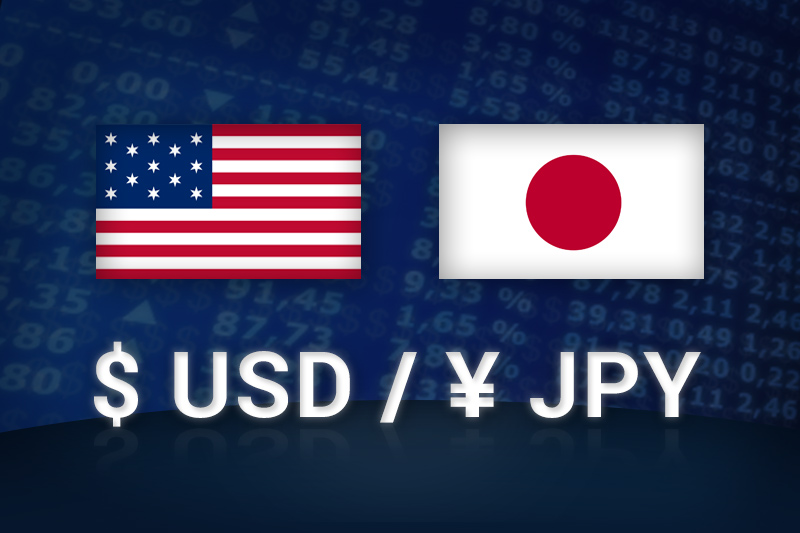Investing.com - The U.S. dollar traded lower against the Japanese yen during Wednesday’s Asian as the Bank of Japan started another two-day meeting and amid lingering concerns about the Federal Reserve’s next move.
In Asian trading Friday, USD/JPY slid 0.49% to 97.27. The pair, flirting with six-week lows, was likely to find support at 97.64, the low of August 1 and resistance at 99.56, the high of the same day.
Riskier asset fell Tuesday after Federal Reserve member Richard Fisher, president of the Dallas Fed, said investors have become too dependent on the Fed backstopping riskier assets.
In comments made in Oregon, Fisher said, "Financial markets may have become too accustomed to what some have depicted as a Fed ‘put,’” or the idea that the central bank will loosen credit after a market decline."
Those comments could put some burden on BoJ, with left in its arsenal, to bring a positive surprise to concerned market participants on Thursday.
Already in engaged in a substantial quantitative easing effort of its own and with real interest rates below zero, BoJ has few options at its disposal to immediately weaken the yen. That said, most traders expect the central bank will announce added stimulus measures at some point during the next 10 months.
Elsewhere, EUR/JPY fell 0.53% to 129.40 after official data revealed that German factory orders rose by 3.8% in June, surpassing market consensus forecasts calling for a 1.0% gain.
Orders within the euro zone rose 10% last month, while sales outside of the single currency block rose by just 0.9%. Germany is the euro zone’s largest economy. In brighter news, the International Monetary Fund boosted its German growth forecast to 1.4% in 2014 from a previous 1.3% forecasts and maintained its 2013 growth forecast at 0.3% in its annual report on the country.
NZD/JPY slipped 0.55% to 76.83 after Statistics New Zealand said that New Zealand’s unemployment rate rose to 6.4% in the second quarter from 6.2% in the first quarter. Analysts expected a second-quarter reading of 6.3%. New Zealand’s employment change rose 0.4% in the second quarter following a first-quarter increase of 1.7%. Analysts expected the second-quarter increase of 0.4%.
In Asian trading Friday, USD/JPY slid 0.49% to 97.27. The pair, flirting with six-week lows, was likely to find support at 97.64, the low of August 1 and resistance at 99.56, the high of the same day.
Riskier asset fell Tuesday after Federal Reserve member Richard Fisher, president of the Dallas Fed, said investors have become too dependent on the Fed backstopping riskier assets.
In comments made in Oregon, Fisher said, "Financial markets may have become too accustomed to what some have depicted as a Fed ‘put,’” or the idea that the central bank will loosen credit after a market decline."
Those comments could put some burden on BoJ, with left in its arsenal, to bring a positive surprise to concerned market participants on Thursday.
Already in engaged in a substantial quantitative easing effort of its own and with real interest rates below zero, BoJ has few options at its disposal to immediately weaken the yen. That said, most traders expect the central bank will announce added stimulus measures at some point during the next 10 months.
Elsewhere, EUR/JPY fell 0.53% to 129.40 after official data revealed that German factory orders rose by 3.8% in June, surpassing market consensus forecasts calling for a 1.0% gain.
Orders within the euro zone rose 10% last month, while sales outside of the single currency block rose by just 0.9%. Germany is the euro zone’s largest economy. In brighter news, the International Monetary Fund boosted its German growth forecast to 1.4% in 2014 from a previous 1.3% forecasts and maintained its 2013 growth forecast at 0.3% in its annual report on the country.
NZD/JPY slipped 0.55% to 76.83 after Statistics New Zealand said that New Zealand’s unemployment rate rose to 6.4% in the second quarter from 6.2% in the first quarter. Analysts expected a second-quarter reading of 6.3%. New Zealand’s employment change rose 0.4% in the second quarter following a first-quarter increase of 1.7%. Analysts expected the second-quarter increase of 0.4%.
